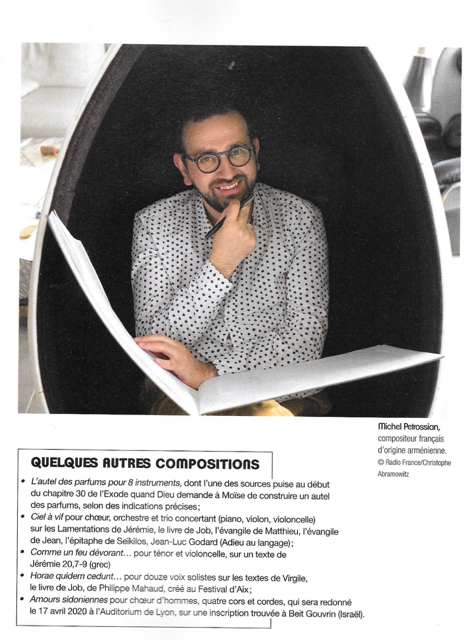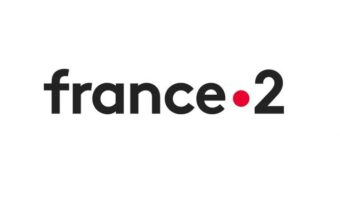
Appel à candidatures : AMI en Histoire de l’art, pour 2025-2026
28 January 2025
Aide à la Mobilité Internationale en histoire de l'art à Jérusalem — scholarship in art history in Jerusalem

Editorial projects in progress
11 November 2018
In agreement with our publishers, Paul and Luc Peeters, we are preparing a monumental St Matthew Passion to be published in 4 volumes in the summer of 2020. The Editorial Committee is devoting its time to re-reading the 180 or so historical, literary, exegetical, philosophical and theological summary notes that will accompany the abundantly annotated […]

INTERNATIONAL MOBILITY IN JERUSALEM: our friends at the CNRS draw our attention to it
20 September 2018
Various mobility campaigns for researchers and teacher-researchers have been launched, one of which is still underway: Assignment of CNRS researchers: the campaign is open until 11 February 2019 (for an assignment on 1 September 2019). Details of the procedure can be found at the following link:http://www.cnrs.fr/inshs/relations-internationales/centres-francais-etranger/procedures-mobilite.htm. Through La Bible en ses Traditions, the Ecole Biblique […]






